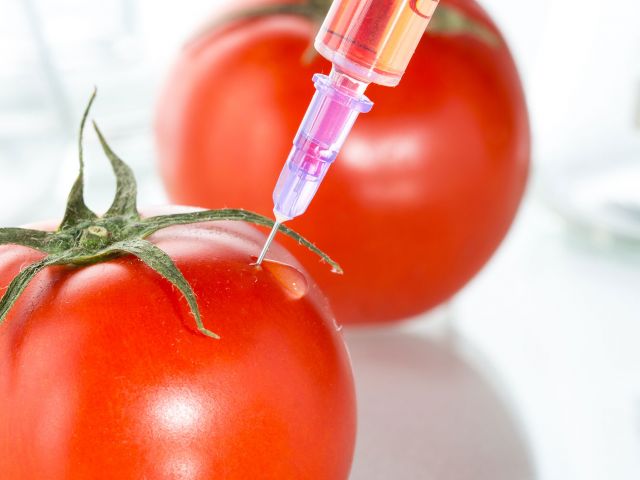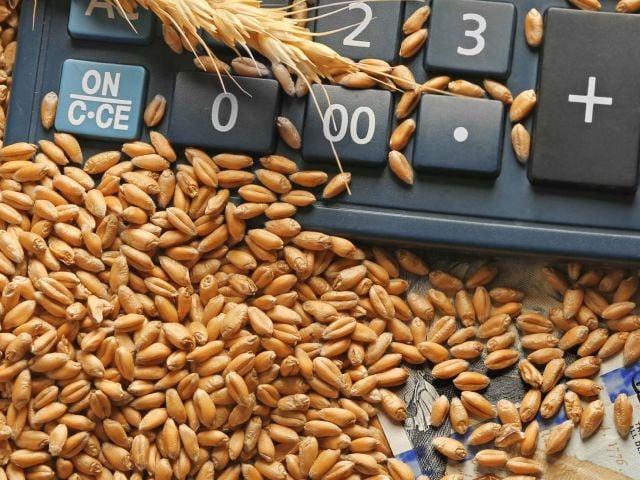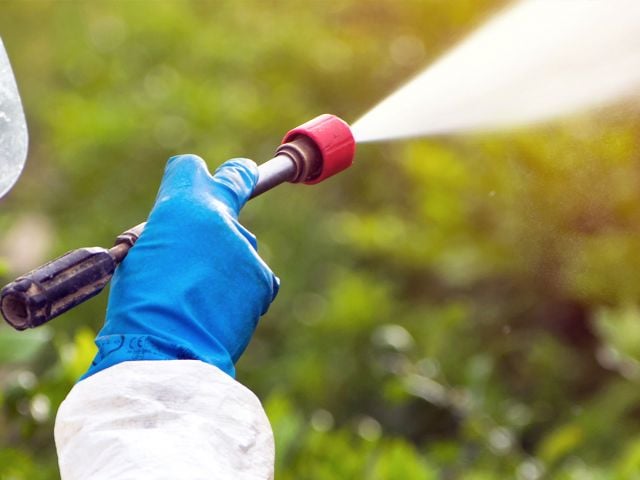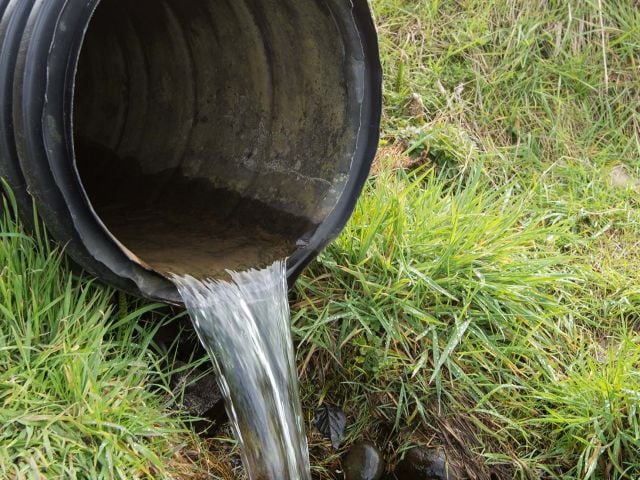Displaying 5977 - 6000 of 7456
Another Emergency Bail Out for Agriculture

Poisonous Pastime
The American gun industry is in big trouble. Hunting is fading as a sport. Guns are seen by most of the general public as either weapons of crime or dangerous toys owned only by a shrinking minority of Americans. As a result, the civilian firearms market is becoming smaller and more concentrated.

Take More Money and Run
During the past two years, anti-environmental corporations vigorously attempted to convince the U.S. Senate to undo environmental health and safety standards. EWG searched public disclosure records to determine whether generous contributions from PACs associated with an anti-environmental agenda were an effective tool to help them persuade senators to support such an agenda.

The Nation's New Pesticide Law

Pouring It On

Freedom to Farm

Deal Breaker

Background Information on Cyanazine

Pesticides in Baby Food

City Slickers

Cancer and the Environment: 10 Common Misconceptions Answered
Conjecture and falsehoods that masquerade as fact can hamper efforts to prevent and treat cancer.

EWG's Cancer Defense Diet

EWG's Dirty Dozen: Cancer Prevention Edition

Chemical Industry to Parents: Avoid Lead, Tail Pipes and Choking
This is rich. The chemical industry has produced a new "health information" website titled Kids + Chemical Safety that mentions hardly any chemicals or any of the voluminous body of peer-reviewed...
EWG's Guide to Safer Cell Phone Use

Plowed Under

Inside Track

USGS: Some Earthquakes “Almost Certainly Manmade”

The Revenue Insurance Boondoggle
As a Congressional “Super Committee” presses to meet its Nov. 23 deadline to come up with a deficit reduction proposal, powerful farm state legislators and agricultural industry lobbyists have moved to hijack the process of rewriting the federal farm bill and enact a new, multi-billion dollar entitlement for the largest, most profitable farming operations. Their goal is to have the 12-member

Conservation Compliance

Gas Drilling and Fracking

EWG Updates Sunscreen Guide | 50+ New Products

Chromium-6 in U.S. Tap Water

Dioxin
